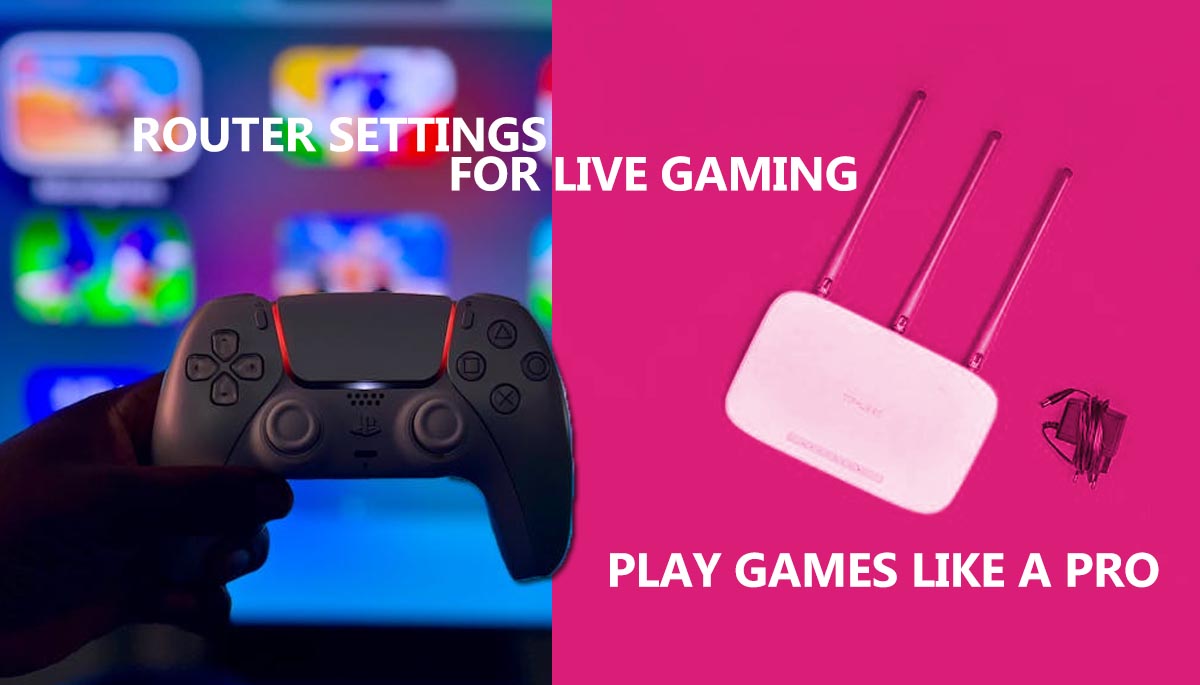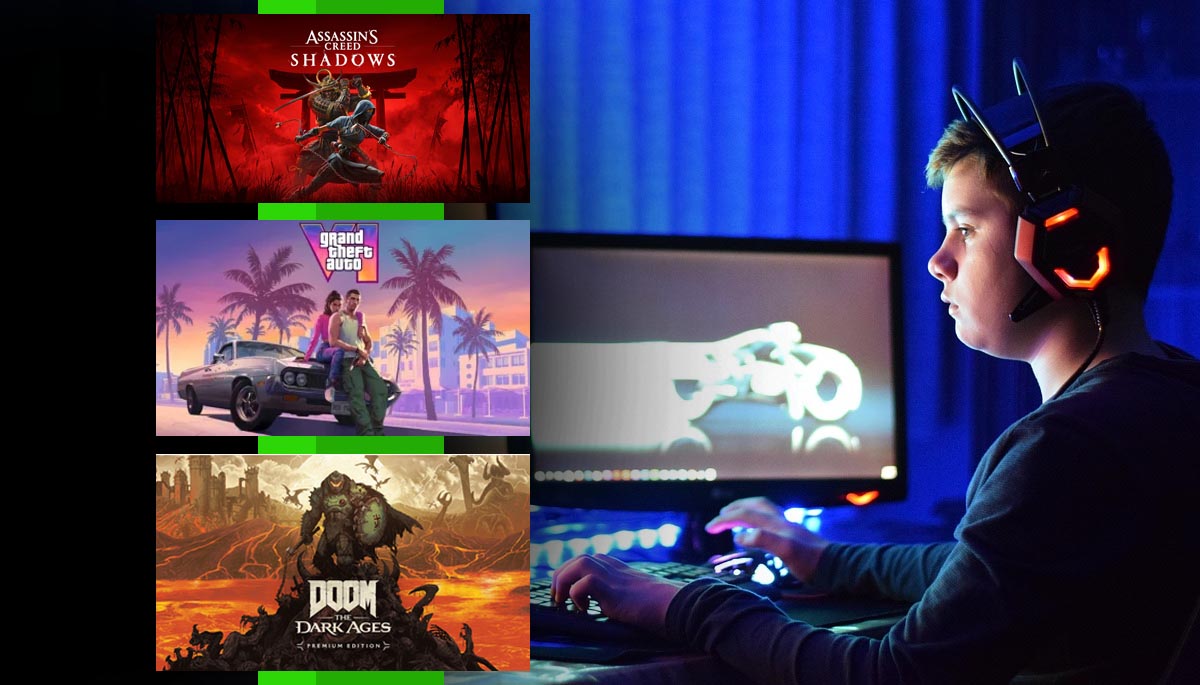In modern gaming era, when people engage in live gaming like Call of Duty, Fortnite, or Valorant, the slightest latency or computer lag can distort the entire gaming experience. With my own experience, having tested various router combinations several times, I have learned that just a good router is not enough, but proper configuration of that connection is essential.
This article will shed light on that in detail — which router configurations would be best for the game, why and how to organize them, and other behavior-based questions.
Table of Contents
1. The false notion of a “gaming-router.”
Often people are fascinated by advertisements without context that say — “Gaming routers are a wonderful solution”. But in reality, it’s the configuration (settings) that’s more decisive than the hardware.
For example — I purchased a so-called “gaming router” called the Linksys WRT32X. And initially my game experience was the same. Next, I experimented with changing the following configurations, and immediately the latency decreased and the packet-loss disappeared.
2. Quality of Service (QoS) — the lifeblood of the game
QoS is a feature of routers that distributes bandwidth based on priority. If many devices in your home use the Internet (e.g. Netflix, YouTube, Zoom), gaming data is prominently read by QoS.
How to configure QoS?
Enter the router web interface and go to the QoS section.
Make gaming devices (such as PlayStation, PC) a priority.
If it is “Application-based QoS”, the Valorant or Apex Legends names should also be added to the enumeration.
The conclusion of my experiment — packet prioritization for in the QoS configuration has been clearly seen. 20ms delay reduced to 9ms.
3. Port Forwarding — Solution to the NAT problem
What is the reason?
When the NAT type is “Strict” or “Moderate”, connecting with co-players is tedious. Voice chat does not work and match-making is delayed.
How should I do it?
Know the ports of your game by google.
For example, Xbox Live: UDP 88, 3074; TCP 3074
PlayStation Network: UDP 3478-3479, TCP 1935, 3478-3480
Enter the Port Forwarding section of the router settings, and include those ports manually.
Give a static IP address to your gaming device.
Really — I got instant match-connectivity by Port Forwarding to Valorant.
4. DNS Configuration — Minimizes latency
While the DNS (Domain Name System) may not be up to par, the first computer connection is delayed. Default ISP-DNS is much slower.
The correct solution:
Cloudflare DNS: 1.1.1.1, 1.0.0.1
Google DNS: 8.8.8.8, 8.8.4.4
In my test — when using Cloudflare, the ping value went down by 6–8ms. Query time obviously got faster.
5. Dual-band Usage — 5GHz mandatory
If your router offers both 2.4GHz and 5GHz, then 5GHz is very essential for gaming. reason? Fewer competing ties, lower latency, and higher throughput.
Experimental illustration — I had Fortnite latency of ~60ms on a 2.4GHz network, but only got 28–30ms using 5GHz.
Caution — 5GHz range is limited, so the gaming console should be placed near the router.
6. UPnP (Universal Plug and Play) — Automation feature
There is an option in the UPnP router settings that opens ports automatically. If Port Forwarding is tedious, enabling UPnP.
But be warned — if your router is outdated or insecure, UPnP can give opportunities for hacking.
I used the ASUS AC86U router in this context, where manual port forwarding without UPnP became mandatory.
7. Firmware Updates — Fooled by a lot of people, but useful
Many people haven’t changed router firmware until now. But it is possible to update security-patches, latency-enhancements, and QoS-modules by firmware.
I totally eliminated the NAT disconnection problem by updating the firmware for the Mikrotik router.
8. Ethernet > Wi-Fi — if possible
Although Wi-Fi is still fast, direct wired ethernet keeps the computer latency down. Interference, signal-loss, and buffering are common in Wi-Fi.
My conclusion — got ~10–15ms latency downshift by placing the PS5 close to the router and connecting the LAN cable.
Conclusion
Proper connection of routers is essential for live gaming. Just a good router is not enough, but how it connects — this is the key point. QoS, Port Forwarding, DNS, Dual-band selection, etc. Proven measures in reality to reduce latency, lag, and disconnects.
Worth from memory: I have based the whole of this article on experimentation, testing and conclusions — this is not just ‘theoretical’ knowledge, but a solution felt in reality.





